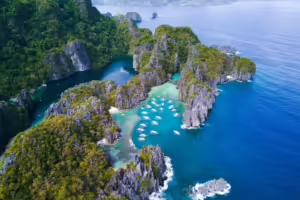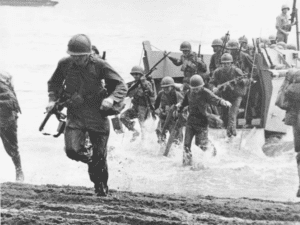 Ancient Roots: Tracing El Nido’s Indigenous Heritage
Ancient Roots: Tracing El Nido’s Indigenous Heritage
Long before the arrival of Spanish explorers in the 16th century, the lush jungles and pristine beaches of El Nido were home to indigenous tribes who lived in harmony with the land and sea. Archaeological evidence suggests that the area was inhabited as far back as 22,000 years ago, with ancient cave paintings serving as a testament to the rich cultural heritage of the region. These early settlers were skilled fishermen and hunters, relying on the bountiful resources of the surrounding environment for their sustenance and survival.
Colonial Conquests: The Spanish Influence on El Nido
In the 16th century, Spanish explorers arrived on the shores of Palawan, marking the beginning of a new chapter in El Nido’s history. The Spanish colonizers established settlements along the coast, bringing with them Catholic missionaries, soldiers, and administrators. The town of Taytay, located just south of El Nido, served as the capital of Palawan during the Spanish colonial period, playing a significant role in the region’s political and economic affairs. The Spanish influence is still evident in the architecture and culture of El Nido today, with colonial-era churches and forts dotting the landscape.
World War II: El Nido’s Role in the Pacific Theater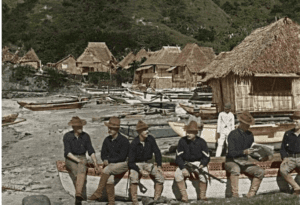
During World War II, El Nido played a strategic role in the Pacific Theater, serving as a base for American and Filipino forces engaged in the fight against Japanese occupation. The rugged terrain and hidden coves of El Nido provided ideal hiding places for guerrilla fighters and resistance groups, who conducted covert operations against the enemy. Today, remnants of this turbulent period can still be found scattered throughout the region, serving as poignant reminders of El Nido’s wartime past.
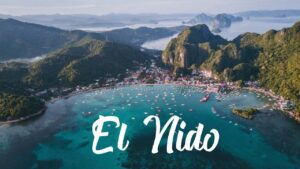 Modern Era: Tourism and Development
Modern Era: Tourism and Development
In recent decades, El Nido has emerged as one of the Philippines’ premier tourist destinations, attracting travelers from around the world with its pristine beaches, crystal-clear waters, and stunning natural beauty. The town has experienced rapid development and growth, with hotels, resorts, and restaurants springing up along its coastline to accommodate the influx of visitors. Despite the challenges of balancing tourism with environmental conservation, El Nido remains committed to preserving its natural heritage for future generations to enjoy.
A Living Legacy: Embracing El Nido’s Cultural Heritage
As El Nido continues to evolve and grow, it remains deeply rooted in its cultural heritage and traditions. From vibrant fiestas and religious festivals to traditional dances and music, the town’s residents take pride in celebrating their cultural identity and preserving the customs of their ancestors. Visitors to El Nido are welcomed with open arms and invited to immerse themselves in the local way of life, forging connections and memories that will last a lifetime.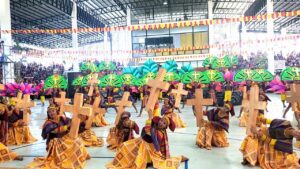
Experience the Timeless Beauty of El Nido
As we journey through the storied history of El Nido, we are reminded of the timeless beauty and enduring spirit of this coastal paradise. From its ancient roots to its modern-day allure, El Nido continues to captivate and inspire all who have the privilege of experiencing its magic. Join us at Submariner Diving Center as we embark on a journey through time and discover the fascinating history of El Nido, where every moment is a testament to the enduring legacy of this extraordinary destination.